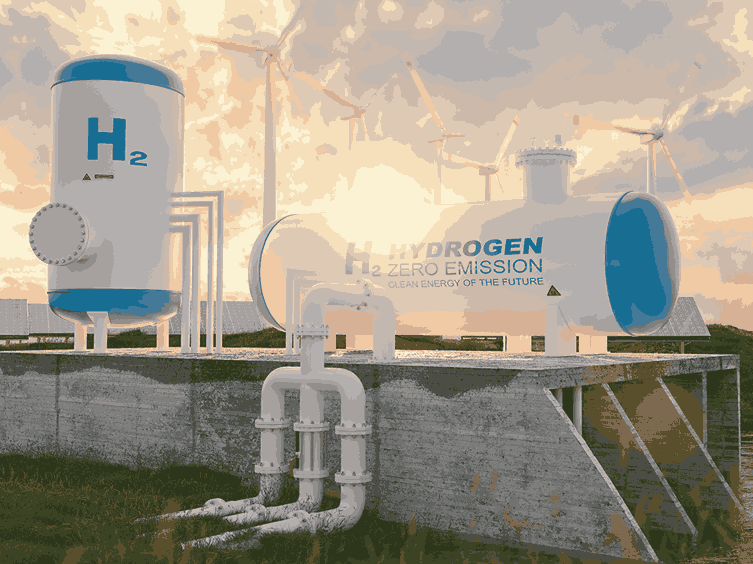Hydrogen Revolution: Green Hydrogen in Tissue Manufacturing
In a world increasingly driven by eco-conscious choices, the pulp and paper industry is making significant strides toward sustainability. The tissue and towel sector, known for its high energy consumption, is now focused on decarbonizing its processes. With brands aiming to enhance their environmental commitments and regulations tightening globally, the time to act is now. Kimberly-Clark Australia (KCA) is leading this charge with the support of technology development company entX.
Hydrogen: The New Hero in Tissue Manufacturing
The LCH2 Project spearheaded by entX aims to revolutionize the energy landscape of tissue manufacturing by replacing natural gas with green hydrogen. The project will be executed in two phases to ensure a smooth transition:
 Phase 1: By 2027, a 20% green hydrogen blend will be introduced into the natural gas feed used across tissue manufacturing facilities.
Phase 1: By 2027, a 20% green hydrogen blend will be introduced into the natural gas feed used across tissue manufacturing facilities. Phase 2: By 2029, the goal is to achieve a complete switch to 100% green hydrogen, eliminating reliance on natural gas entirely.
Phase 2: By 2029, the goal is to achieve a complete switch to 100% green hydrogen, eliminating reliance on natural gas entirely.
This strategic shift will significantly reduce carbon emissions, helping manufacturers like KCA meet their carbon reduction targets. Furthermore, it will serve as a model for sustainable practices in tissue manufacturing, showcasing the potential for green hydrogen to transform the industry globally.
What Does This Mean For The Mill?
Switching to green hydrogen involves several critical questions: ![]()
- How much green hydrogen will be needed?
- What will be the cost of converting the mill to green hydrogen?

- How will these costs compare to the current use of natural gas?
Advanced tools and comprehensive databases are essential to model every detail of this transition, from mills to pulp lines to machines, providing valuable insights into operational costs.
The Financial Breakdown
For instance, the Millicent mill has an annual heat requirement of 1.5 million GJ, with natural gas priced at $6.32 per GJ. Green hydrogen, on the other hand, costs around $7 per kg, translating to an additional $50 per GJ.
Although this transition might appear costly initially, the long-term benefits in terms of sustainability and reduced carbon footprint make it a worthwhile investment.
Analyzing the carbon output post-green hydrogen integration reveals significant savings. A 10% energy displacement could save 7,000 tons of carbon, at a cost of about $1,500 per ton of carbon eliminated. The question then becomes whether consumers are willing to support these sustainability efforts by bearing the associated costs.
Cutting Carbon With Smart Strategies
Decarbonizing is not just an environmental necessity but a smart business move. Governments are implementing stricter climate policies, and consumers are increasingly supporting brands committed to sustainability. Here’s why reducing carbon emissions is advantageous:
- Regulatory Compliance: Meeting stringent government regulations on carbon emissions helps avoid fines and legal challenges.
- Brand Loyalty: Consumers prefer brands that show a genuine commitment to sustainability.
- Cost Efficiency: While the initial switch to green hydrogen may be expensive, it reduces long-term operational costs by mitigating risks associated with fluctuating fossil fuel prices.
The Bigger Picture: Sustainability As A Business Model
An analysis of carbon emissions and cash costs for tissue and towel mills in Australia illustrates the benefits of effective carbon management. The mill with the highest carbon emissions also incurs the highest costs, while the mill with the lowest carbon footprint enjoys the lowest expenses. This highlights the financial and environmental advantages of reducing carbon emissions.
The transition to green hydrogen in tissue manufacturing is more than an eco-friendly gesture—it’s a strategic move toward a sustainable future. By embracing facts and committing to sustainability, the industry is paving the way for a greener, more profitable future.
At Coniferous, we are dedicated to supporting this green revolution.


